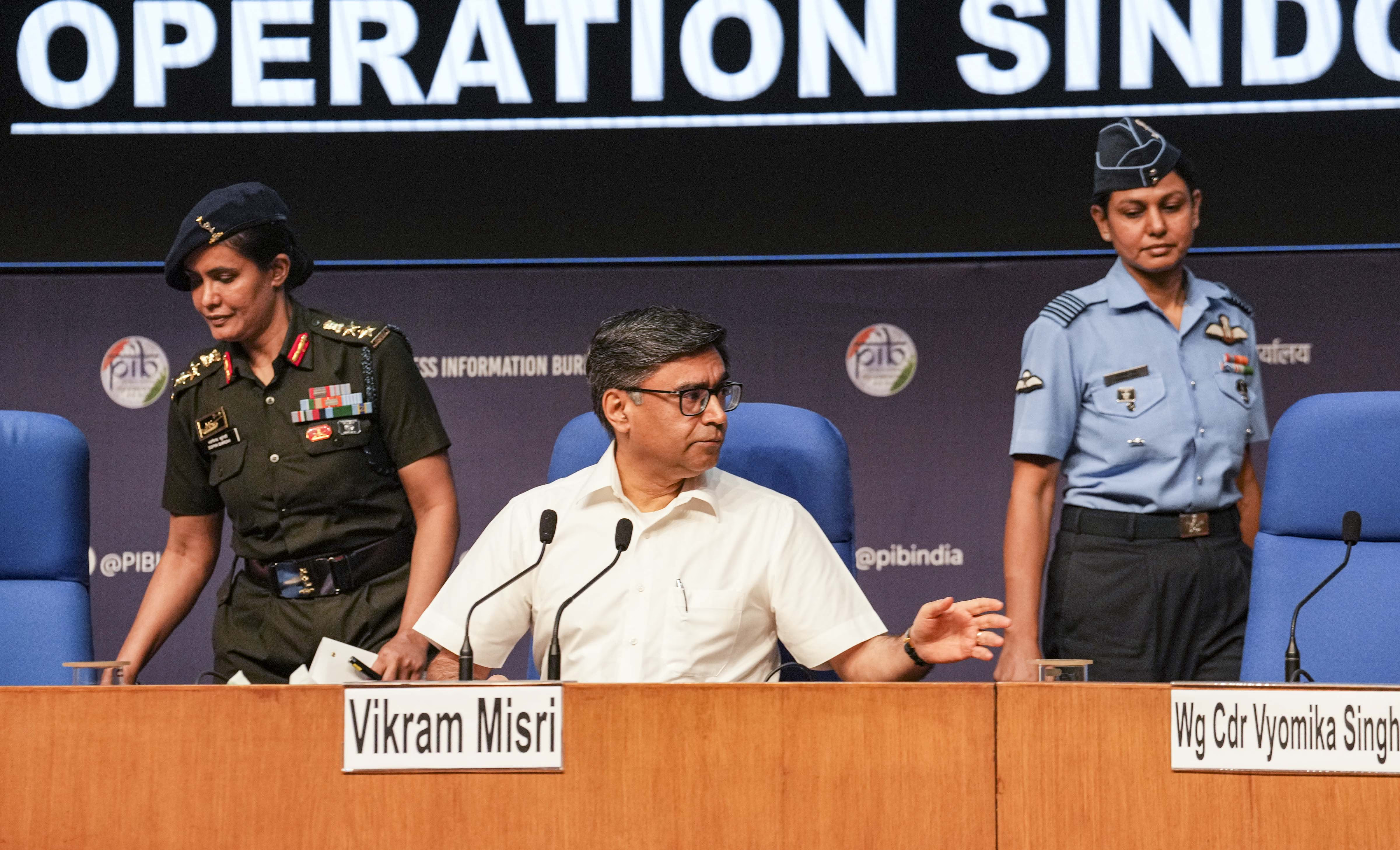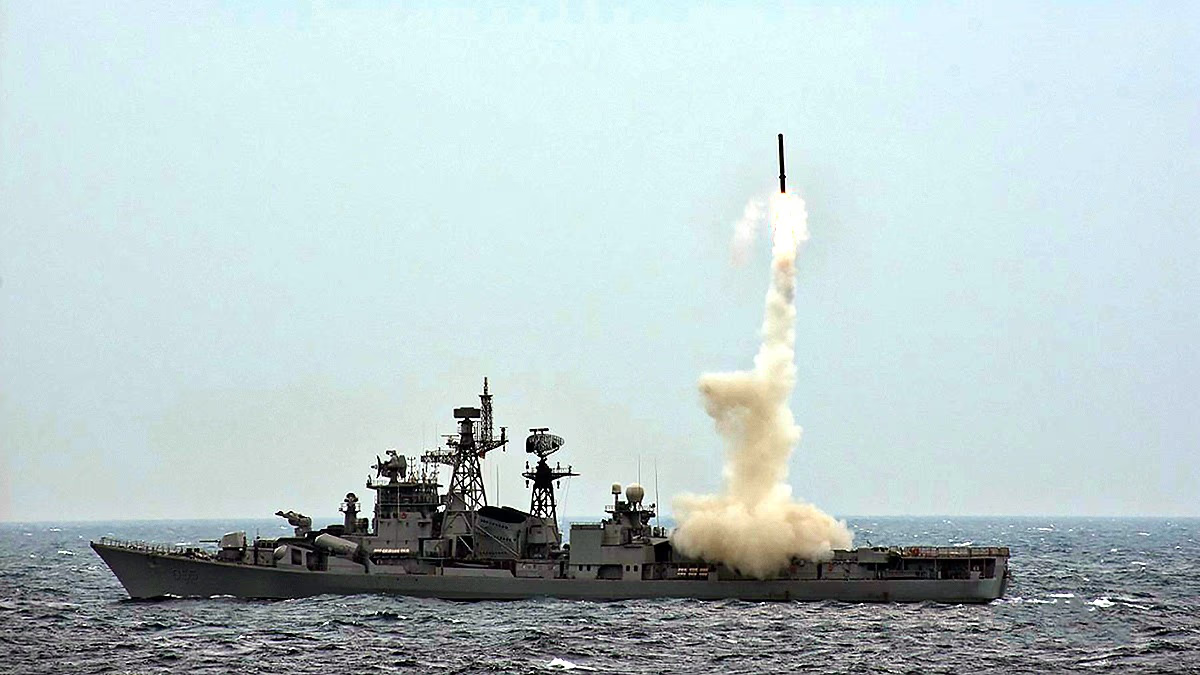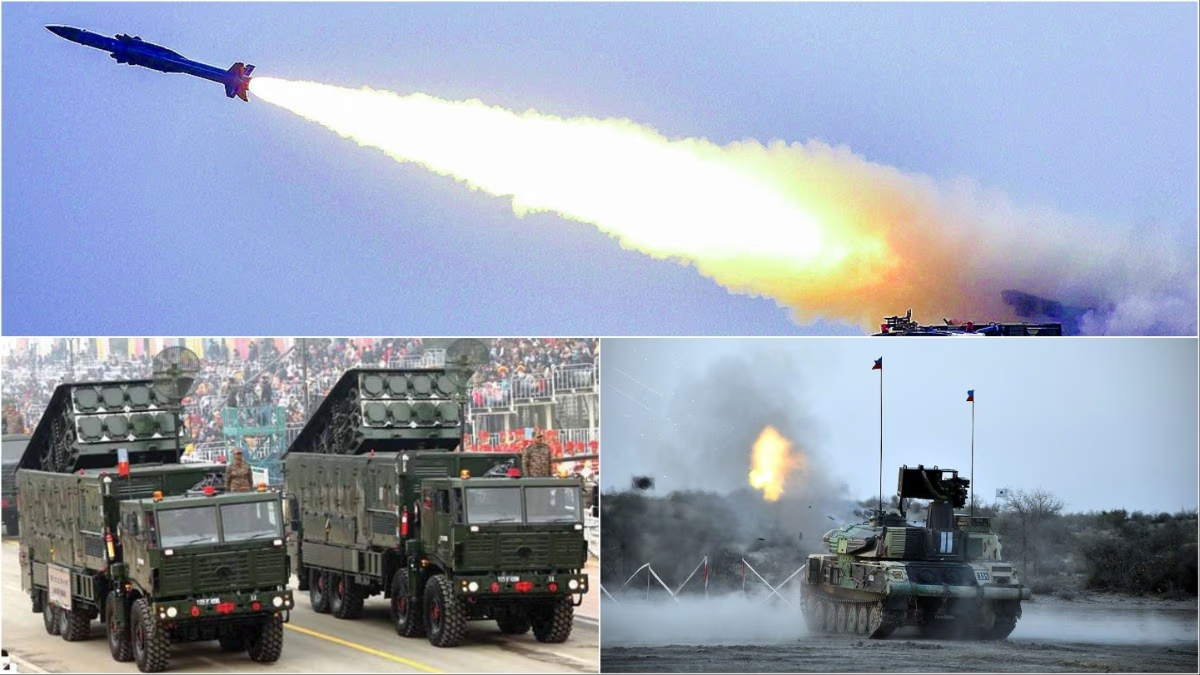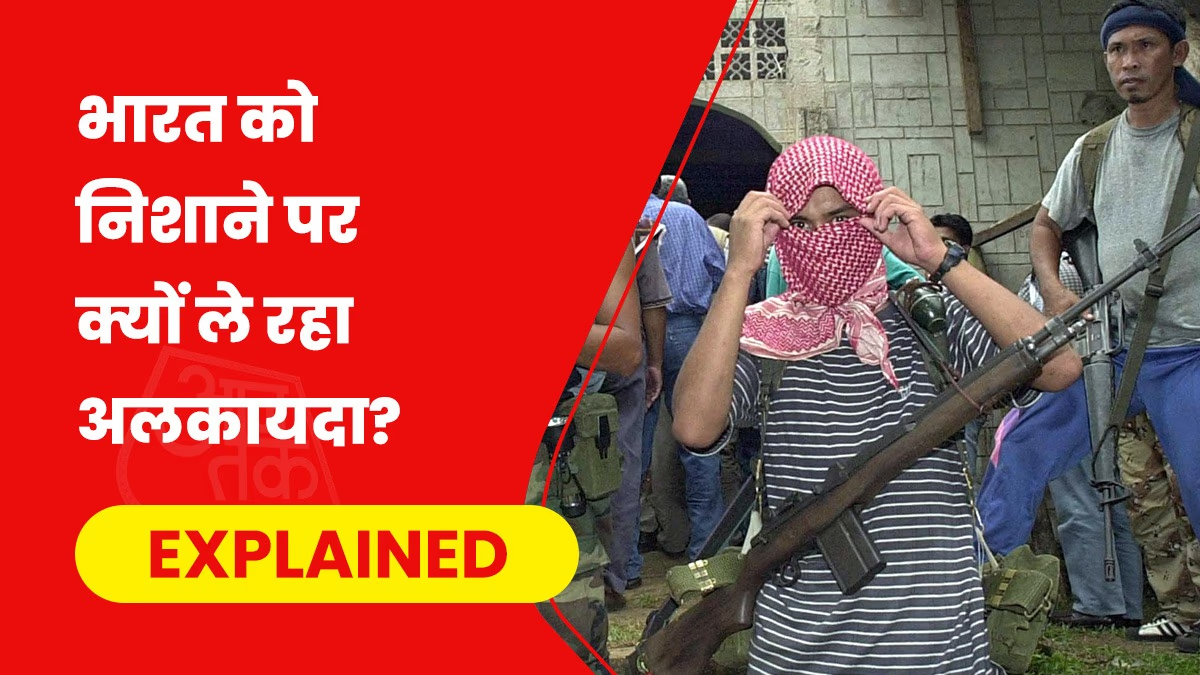Colonel Sophia Qureshi of the Indian Army and Wing Commander Vyomika Singh of the Indian Air Force shared insights into Operation Sindoor during a press conference held on Thursday in New Delhi. Donning combat uniforms, the two female officers exemplified the nation's military prowess and the empowerment of women, shifting from their previous appearances in standard uniforms.
Colonel Sophia Qureshi
Originating from Vadodara, Gujarat, Colonel Qureshi is a distinguished officer in the Corps of Signals of the Indian Army. She earned a master's degree in Biochemistry from MS University in 1997 and was commissioned from the Officers Training Academy (OTA) in Chennai in 1999. In 2006, she was part of the United Nations Peace Mission in Congo, becoming the first Indian woman to command an Indian Army contingent in a multinational military exercise.
Wing Commander Vyomika Singh
A skilled helicopter pilot in the Indian Air Force, Vyomika Singh was commissioned in 2004 and was promoted to Wing Commander in 2017. She has piloted Chetak and Cheetah helicopters, participating in numerous high-risk flight missions. In 2019, she received a permanent commission in the flying branch.
The Significance of Combat Uniforms
Both officers wore combat uniforms featuring a digital camouflage pattern that is part of the modern-day attire for the Indian Army and Air Force. The army's uniforms blend green, brown, and black colors, while the air force's patterns combine blue, gray, and green. These uniforms not only enhance functionality and concealment on the battlefield, but they are also emblems of military pride and discipline.

Source: aajtak
Standard Indian Army Combat Uniform
The Indian Army's combat uniforms are tailored for various geographical and battle conditions, continuously evolving for enhanced modernity and functionality. In 2022, a new digital camouflage combat uniform was introduced, surpassing the effectiveness and versatility of previous designs.
New Digital Camouflage Combat Uniform
Design:
Featuring a digital camouflage pattern, this uniform combines shades of green, brown, and black, perfect for concealing in jungle, semi-desert, and urban environments.
Fabric:
Made from a high-quality blend of cotton and polyester, the uniform is lightweight, durable, and breathable, ensuring comfort for soldiers during prolonged combat situations.
Features
Ergonomic Design: Crafted to enhance soldiers' mobility and comfort, the uniform includes extra padding on shoulders and elbows.
Multiple Pockets: Equipped with numerous pockets, it's practical for storing ammunition, communication devices, and other essentials.
Water-Resistant and Flame-Resistant: Some variants are designed with waterproof and flame-retardant properties to protect against environmental hazards.
Modular System: Its modular construction allows soldiers to adapt the uniform with necessary gear, such as body armor, tactical vests, and helmets.
Versatility: Suitable for all terrains, from the snowy mountains of Jammu & Kashmir to the deserts of Rajasthan and the dense forests of the northeast.
Manufacture: Designed in collaboration with the National Institute of Fashion Technology (NIFT), it is indigenously produced under the Make in India initiative.
Previous Combat Uniforms
The former uniforms were primarily characterized by green and brown traditional camouflage patterns, effective in jungle and semi-desert terrains but less so in urban warfare compared to digital camouflage. Some units still use the previous design, mainly for training and non-combat scenarios.

Source: aajtak
Special Uniforms
High-Altitude Uniform: For areas like Siachen, the army uses special thermal-insulated uniforms, providing protection in temperatures as low as -50 degrees Celsius.
Desert Uniform: In the desert regions of Rajasthan and Gujarat, light sand-colored uniforms are employed.
Counter-Insurgency Uniform: For anti-terror operations, the army utilizes lightweight and more mobile uniforms effective in both urban and jungle settings.
Standard Combat Uniform of the Indian Air Force
The combat uniform of the Indian Air Force (IAF) is specifically designed for pilots, ground crew, and air defense units, balancing camouflage with functionality to excel at airports, command centers, and occasional battlefield settings.
Air Force's Digital Camouflage Uniform
Design: Following the army's lead, the air force adopted digital camouflage patterns in 2022, consisting of blue, gray, and green hues, ideal for concealment in airports and urban locales.
Fabric: Constructed from light, durable materials, like a cotton-polyester mix, it offers comfort to pilots and ground crew over extended periods.
Features
Flight Suits: Special fire-retardant flight suits designed for high-G force operations, available in blue or orange, include G-suits (anti-gravity suits).
Multiple Pockets: Ground crew uniforms have numerous pockets for storing tools and communication devices.
Helmets and Goggles: Pilots' uniforms incorporate helmets, oxygen masks, and night vision goggles.
Waterproof and Flame-Resistant: Designed to offer protection in emergencies, the uniforms possess water and flame-resistant qualities.
Usage: Suitable for airports, air defense units, and special operations, effective in urban and semi-urban regions.
Special Uniforms
Anti-G Suit: Specifically designed for pilots, this suit maintains blood flow during rapid movements and high-speed maneuvers.
High-Altitude Suit: Pilots flying at high altitudes use special pressurized suits.
Ground Crew Uniform: Lightweight and functional, suited for maintenance and technical roles.




